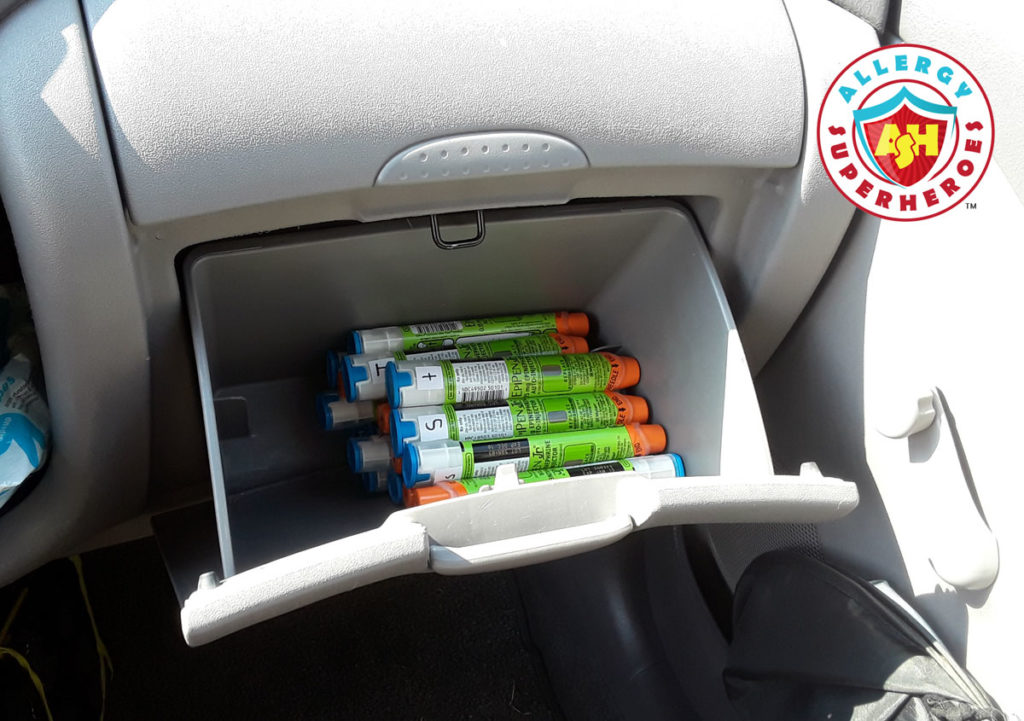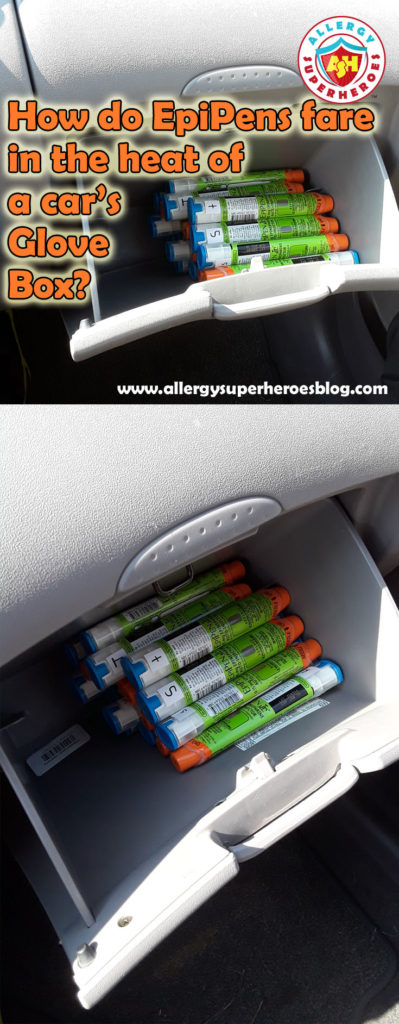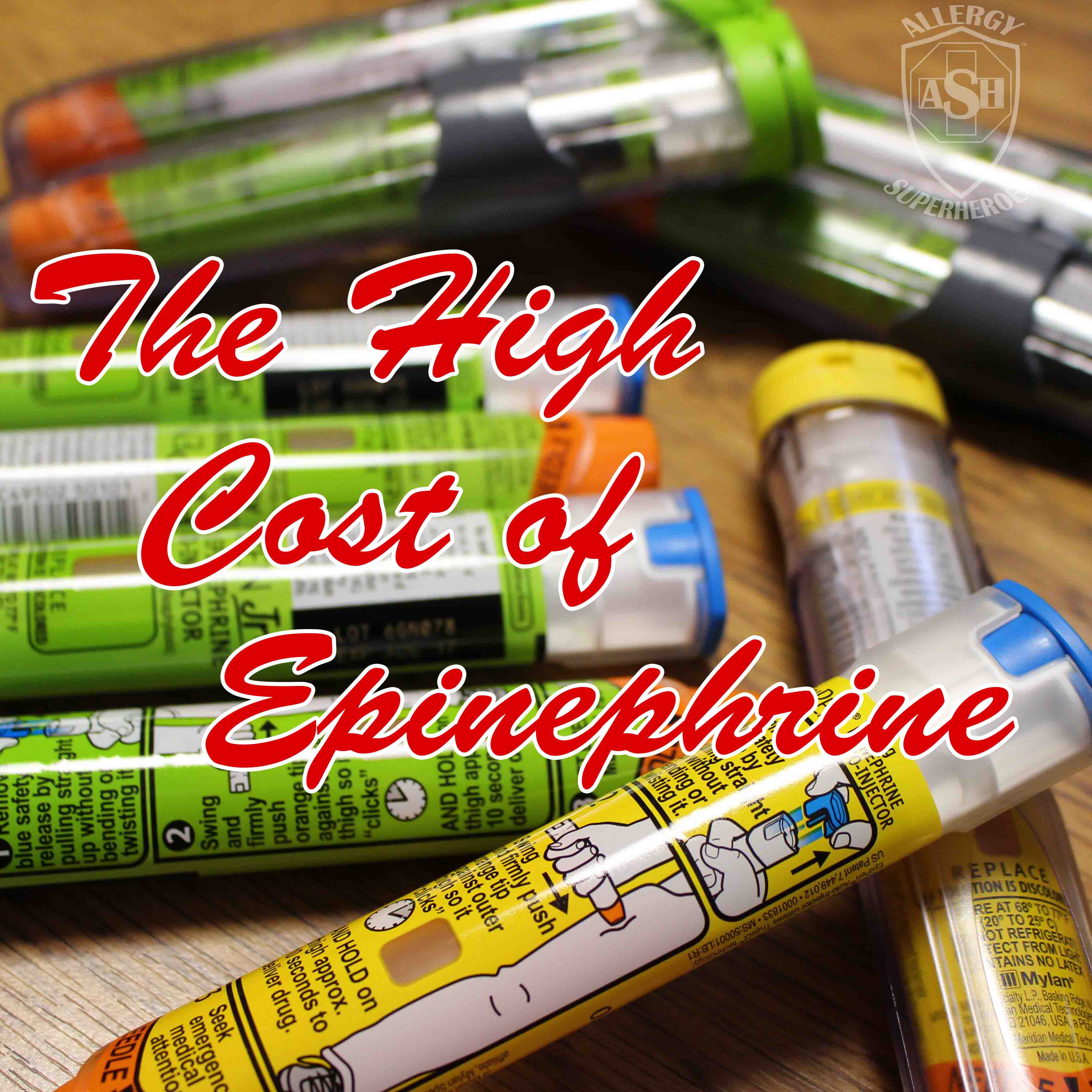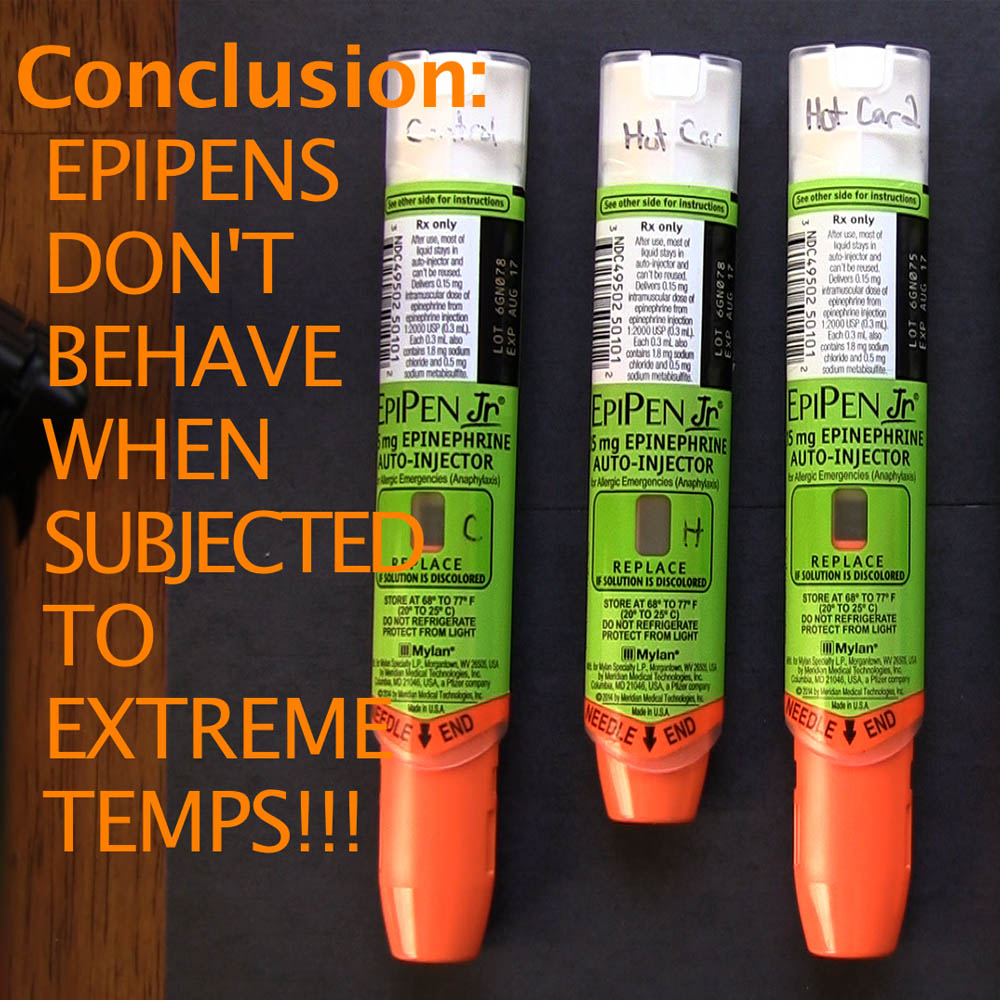If you read my last EpiPen experiment post, then you saw my discovery that EpiPens heated on the dashboard of a car will fire less than half the time. Temperatures in the 180s and 190s Fahrenheit are clearly enough to damage an EpiPen. But will the heat inside the glove box also damage an EpiPen?
It’s impressive that extreme heat compromises EpiPen device integrity. It’s also important to know. But most of the time when people leave their epinephrine in the car, they don’t leave it on the dashboard, in full sun, and facing south. It is either by accident, or because they store it there.
When someone stores an EpiPen in the heat of a car, they’ll typically leave it in the glove box or another compartment. When people leave their EpiPens in a hot car by accident, they usually have it in a purse or bag of some sort. In these situations, the EpiPens would still get very hot, but would not reach the 195 degrees I achieved on the dashboard. So I also did an experiment to see if EpiPens would jam when left in the car under more normal user conditions.

Experiment 2: Glove Box Heat effect on an EpiPen
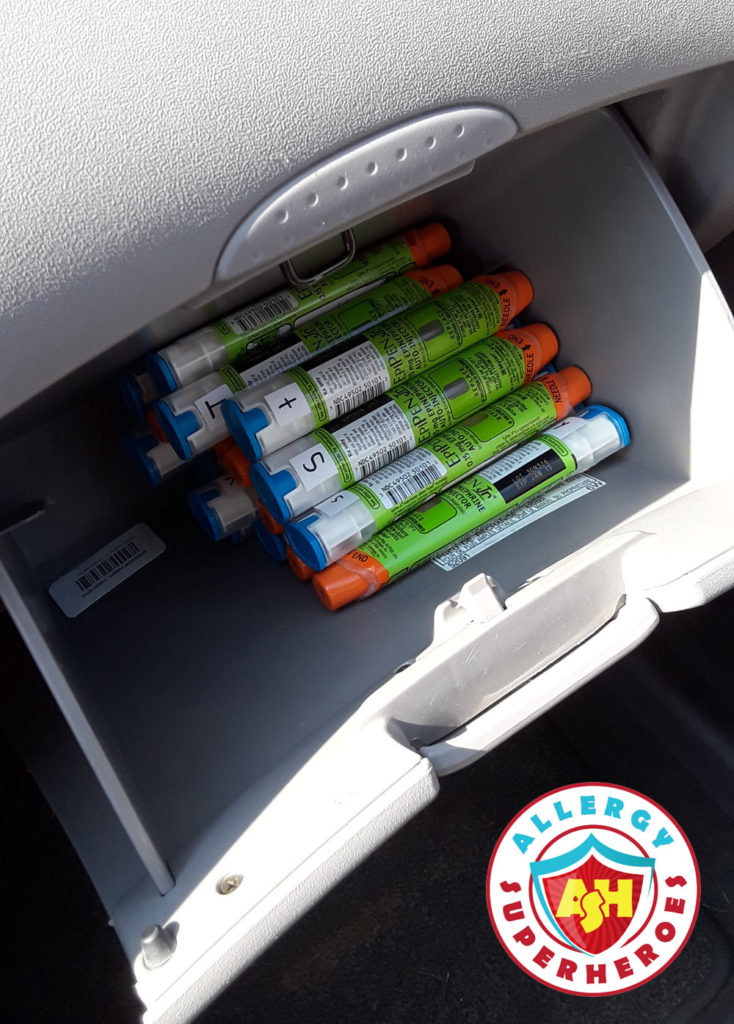
At the same time as my dashboard heat experiment, I had 20 more EpiPens in my car. These were in my glove box. The highest temperature I recorded in my glove box was 137.7 degrees Fahrenheit.
I followed the same protocols with these EpiPens. I had 10 matched pairs to control for user damage prior to them reaching me. One from each pair, I fired while still hot from the car. The other, I fired after allowing it to return to room temperature.
The results of this experiment were not quite as spectacular. Each and every EpiPen exposed to heat in my glove box fired normally. I don’t know where the break point of an EpiPen is, but I’ve narrowed it down to somewhere between 137 and 195 degrees Fahrenheit.
To be honest, I kind of wish some of the glove box EpiPens had jammed. For one, it wasn’t a very exciting video, nor did it demonstrate the danger of leaving epinephrine in the heat. But for two, I worry that it may cause a false sense of security for some people.
There are still people who leave EpiPens in their car on purpose. Usually, this is on the premise that they are normally near their car, so they think keeping it in the car is a way to always have it available.
Unfortunately, this is a very bad practice, and not just because the EpiPen itself can jam under the right conditions. Numerous studies have demonstrated that the drug epinephrine quickly loses its efficacy when exposed to heat. And this happens at temperatures that are much lower than recorded on my dashboard. One recent study showed that leaving an EpiPen in the car once can reduce the effective dose of the drug inside, by as much as 13-14%!
Just as you don’t want your EpiPen to misfire when you need it, you also want to make sure you get a full dose of medication if you go into anaphylaxis. Therefore, it is very important to make sure that you protect your EpiPens from heat. Cold is not as damaging, but heat very clearly damages EpiPens, and in more ways than one. Keep those Epis cool, folks!
You can watch the video of me firing these EpiPens on YouTube here.
For those of you who like numbers and specifics, here are the details of my experiment.
Specifications
- My car is dark blue. I parked it facing south in full sun.
- External highs were in the 80s most days.
- 20 Pens were on the dash, directly in full sunlight (the cookie sheet was so they would all fit on my sloped dash.)
- 20 Pens were in the glove box, which did not get quite as hot, but better reflects the behavior of folks who store Epis in the car.
- I cooked the Pens in my car daily for
two weeksEnded up being 6 weeks. - My car retreated to the garage overnight.
- For half of the time, I recorded dashboard temperature every ten minutes.
- For the other half of the time, I recorded glove box temperature every ten minutes.
- Jen from Blue Bear Aware provided us with the tools to accurately record the temperatures. Thanks Jen!
- I used this device to measure temperatures. It’s small and programmable, great for monitoring medication temp, though a bit techy.
- I paired off the 2-packs that originally came together and clearly labeled them (A-a, B-b, etc.)
- A through J were on the dash, Q through Z were in the glove box.
- At the conclusion, I allowed the capital-letter-labeled Pens to return to room temperature before firing them, and fired the lower-case-labeled Pens while still hot.
- Expirations ranged from November 2013 to December 2017.
- Expirations were evenly distributed between the dash and glove box.
- I didn’t use any Pens that expired between April 2017 and October 2017. That was the time range of Mylan’s recall (my last experiment involved Pens that expired August 2017, which was in between recalled lots.) I wanted to make sure this experiment was not impacted by Pens that should have been recalled but weren’t!
- For
twosix weeks, we behaved like a one-car family so my car could exclusively cook EpiPens. - The maximum temperature I recorded from my dashboard was 195.4 degrees Fahrenheit.
- Temperatures on the dashboard regularly reached the 180s.
- The maximum temperature I recorded from my glove box was 137.7 degrees Fahrenheit.
- Temperatures in the glove box regularly reached the 120s.
If you find this sort of content helpful (it’s complicated and time-consuming) please consider supporting us on Patreon. Our Patrons truly do help us keep this sort of thing going!
